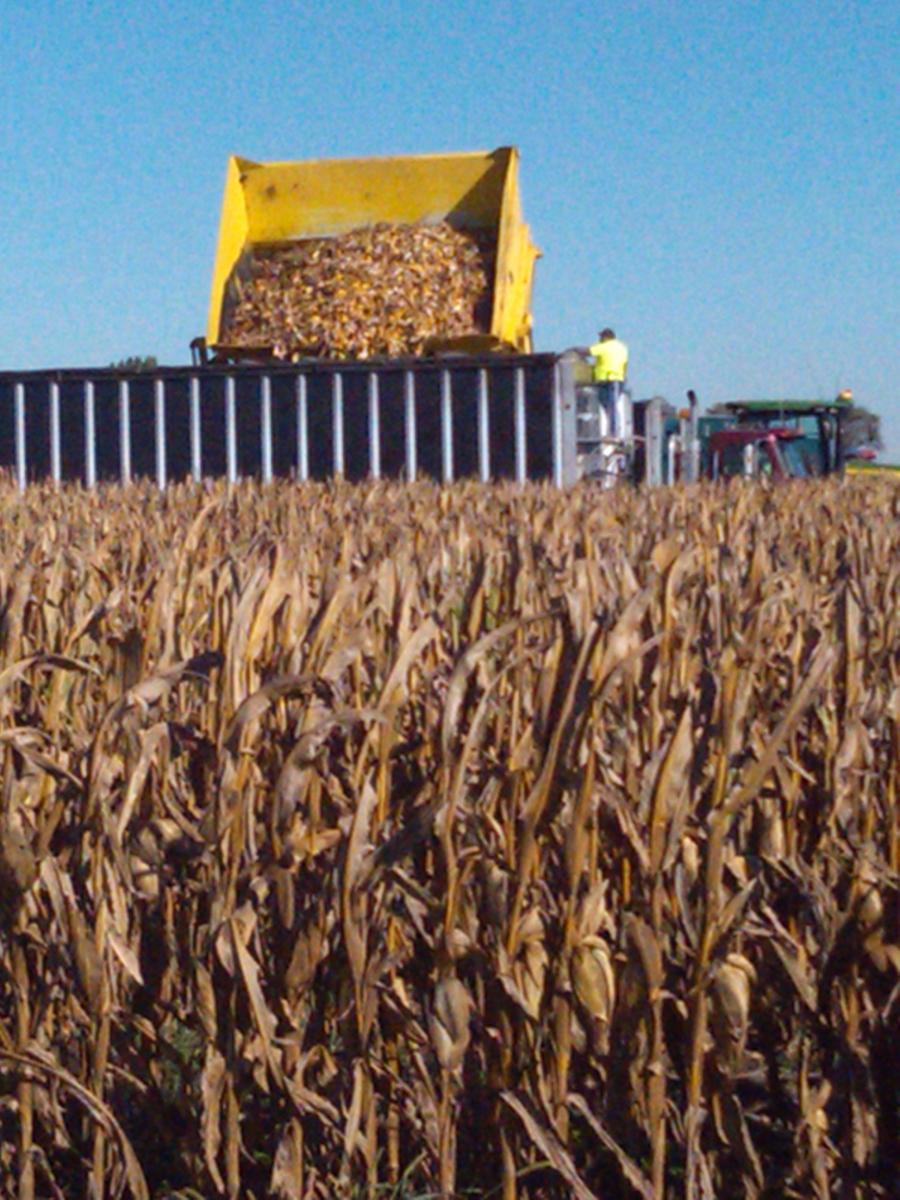Question
What is the difference between the GMO seed production Vs. Conventional Seed production
Submitted by: Alvarro0
Answer
Expert response from Katie Pratt
Farmer, Illinois
Wednesday, 13/04/2016 13:37
The short answer is there is no difference. We’ve been raising seed corn for Wyffels Hybrids, a regional family-owned company, for more than 20 years. Seed corn is the seed that farmers, including us, will purchase to plant the following year. During the past few growing seasons we have grown conventional, gmo and non-gmo seed for them. Regardless of the type, growing seed is a complex process.
First, we work with our neighbors to learn what they will be planting in their fields that are adjacent to ours. Seed corn must be planted in isolation in order to lessen the exposure to pollen from other fields. Again, doesn’t matter the hybrid . . .the integrity of the traits depends on us and our management.
On the north and east side of our seed fields, we allow for 220 feet of isolation. On the south and west sides, 330 feet. This is due to the prevailing winds and what we’ve learned about their course during pollination. Roadways, creeks, ditches and waterways all count towards isolation, but we also use a few strips of soybeans to act as an extra buffer. Just to be sure, we’ll also plant an extra 60 feet of male row around the field to ensure the “right” kind of pollen is present at pollination.
Seed corn fields are planted with male and female rows in one of two patterns - one/four or two/four (i.e. one male row to every four female, etc.). The pollen from the tassels on the male plants pollinates the silks on the female plants. Voila! A hybrid seed.

When the silks are ready to accept pollen, the female plants are de-tasseled because we want the traits from the male plant to pollinate the female. De-tasseling involves cutting the tops off the plants and then walking the fields and hand-pulling any remaining tassels.
Once pollination is complete, the male rows are destroyed before the kernels on their ears of corn become viable. Destroying them eliminates volunteer corn that will sprout in the field the next year, and reduces the need to apply additional herbicide.
Seed corn is harvested on the ear and when it is still has fairly high moisture content. We need as many kernels as possible to stay on the cob. In order to preserve the integrity of the germ, seed companies dry the kernels slowly in their plants, rather than subject them to Mother Nature.
Growing seed is a very “clean” process. During planting, we scour the planters between fields to keep any stray seeds from one hybrid from another field. The same procedure happens at harvest. The pickers are kernel-cleaned. Any kernels not on an ear are destroyed.